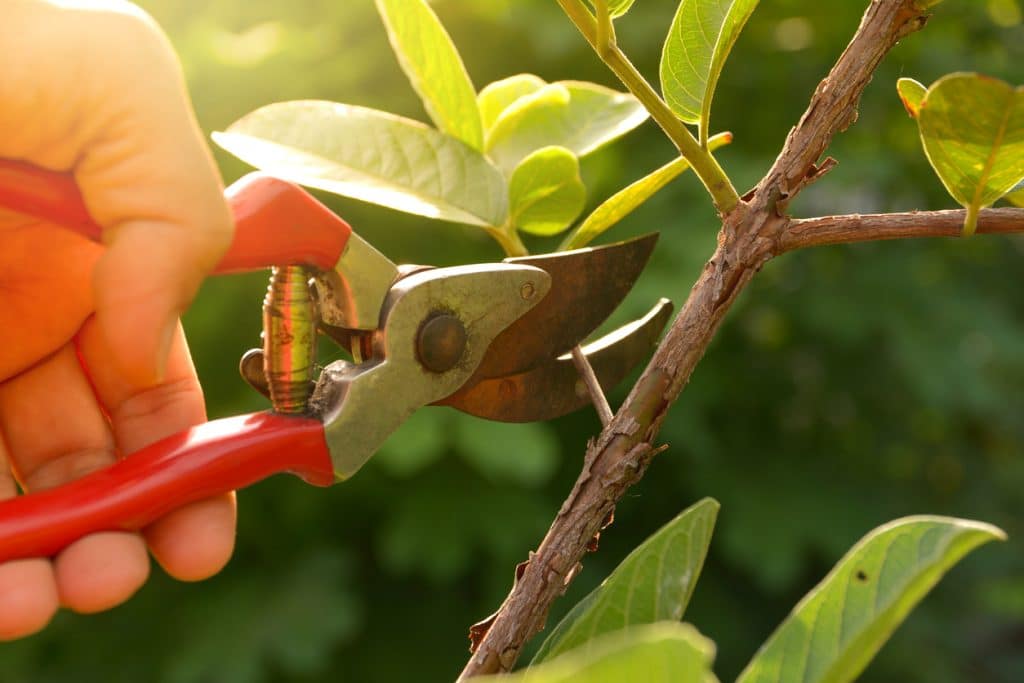Fruit trees can benefit from both trimming and pruning each year. Trimming, in tree speak, has more to do with shaping a tree and improving the airflow between branches and exposure to sunlight. On the other hand, pruning has to do with improving the tree’s health and optimizing its fruit yield. Regardless of whether you want to trim or prune your tree, there are a few basics you need to know before breaking out your garden shears.
The Best Month to Trim or Prune
Late winter and early spring are the best times in Boulder, CO to trim or prune your fruit trees. During the snowy winter, fruit trees go dormant, and their new growth has yet to start. Whenever you make cuts to a tree, they take time to heal, and the tree directs its energy away from growth or producing fruit.
The dry, cold air during winter helps the tree’s cuts heal faster and protects it from insects and damage. The tree may have buds on it; during early spring, it’s easy to see the buds and prune around them.
Do Fruit Trees Even Need Pruning?
Fruit-bearing trees don’t require pruning or trimming to produce fruit. However, the more blooms the tree has, the more competition exists for a set amount of nutrients. The abundance of competing blooms ultimately leads to smaller individual fruits. Over time, if the tree always has large numbers of blooms, it may produce poor-quality fruit and experience sub-optimal health.
Pruning will cause your trees to produce better fruit. With less competition, the tree sends all its nutrients to the remaining branches. This action leads the tree to produce heavier, healthier fruit that is larger with better taste. If you do not prune your fruit tree, it will have more branches, and they will be thinner and weaker. They may lack the strength to support the fruit and could even break under its weight.
The Worst Time to Prune
If your fruit tree has dead or diseased branches, it is always a good idea to trim them right away, regardless of the season. During the summer heat, pruning can cause undue stress to your tree.
Pruning stimulates new growth, which makes winter pruning in Lafayette, CO ideal since it’s just before the tree’s growing season. Pruning fruit trees in the fall, while they are preparing to go dormant, can also cause unnecessary stress.
A Trimming Exception
If the fruit tree was poorly trimmed or neglected the previous season, it would likely grow more fruit than its branches can support. You should trim the tree to thin out the fruit in this case. Trimming will also prevent broken branches and support healthy growth. If you are trimming to thin the fruit, make cuts at the fruit’s stem rather than cutting branches where they originate.
Hire Experts to Do the Job Right
Pruning produces healthy and robust trees that will grow delicious fruit for many years. To ensure your fruit trees’ longevity and health, you may need to consult with a qualified arborist.
At Roots Up Tree Company, you will benefit from the knowledge and expertise of our ISA-certified arborist. We follow the best horticultural guidelines for your trees. When you need fruit trees professionally trimmed or pruned, you can count on Roots Up Tree Company to provide fast, affordable, and highly rated service. Call Roots Up for a free estimate today!







